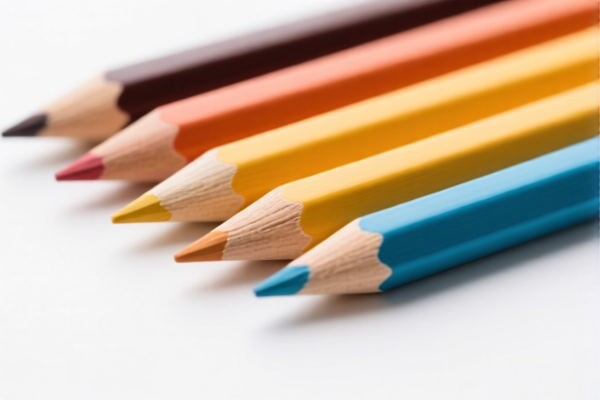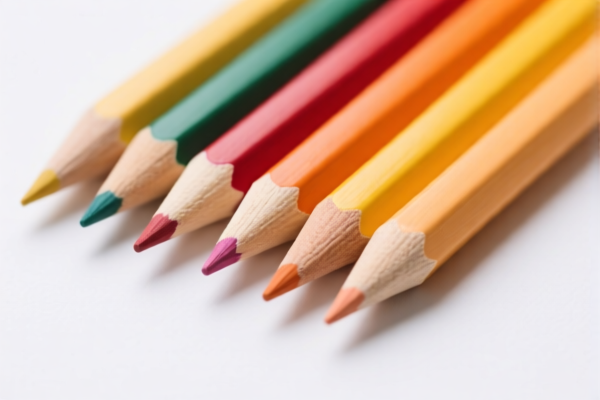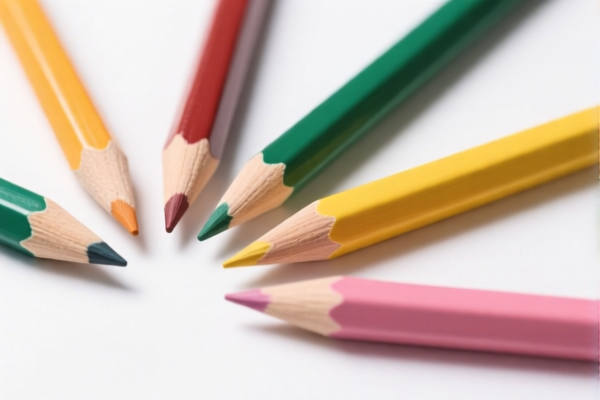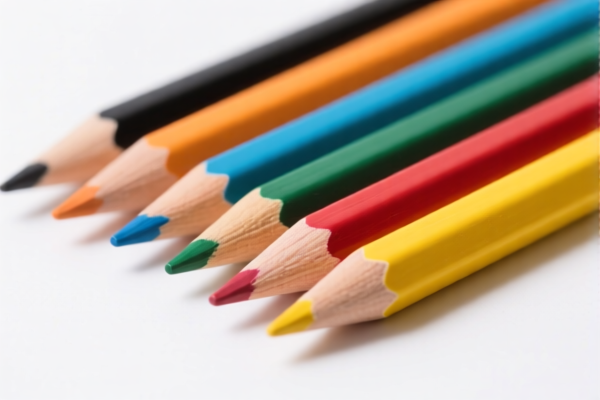| HS Code | Official Doc | Tariff Rate | Origin | Destination | Effective Date |
|---|---|---|---|---|---|
| 3213100000 | Doc | 6.5% on the entire set+55.0% | CN | US | 2025-05-12 |
| 3213900000 | Doc | 58.4% | CN | US | 2025-05-12 |
| 3809100000 | Doc | 2.2¢/kg + 3%+37.5% | CN | US | 2025-05-12 |
| 3809910000 | Doc | 61.0% | CN | US | 2025-05-12 |




Colored Pencils
Colored pencils are an art medium composed of a small “lead” of pigment held within a wood casing. They combine the versatility of graphite pencils with the vibrant hues of paint.
Material
The core of a colored pencil is a mixture of pigment, binders, and waxes.
- Pigment: Provides the color. High-quality pencils use a higher concentration of pigment for richer, more saturated colors and better lightfastness. Pigments can be natural (derived from minerals or plants) or synthetic.
- Binders: Hold the pigment particles together. Common binders include gum arabic, wax, and clay.
- Waxes: Contribute to the smoothness of application and blending capabilities. Different types of wax (e.g., paraffin, carnauba) affect the pencil’s texture and layering properties.
- Wood Casing: Typically made from cedar, which is soft enough to sharpen easily but strong enough to protect the core.
Purpose
Colored pencils are used for a wide range of artistic applications, including:
- Drawing: Creating detailed illustrations, sketches, and realistic artwork.
- Coloring: Filling in pre-drawn designs, mandalas, and coloring books.
- Illustration: Producing artwork for books, magazines, and other publications.
- Mixed Media: Combining colored pencils with other art materials like watercolors, inks, and graphite.
Function
Colored pencils function by depositing pigment onto a surface through friction. The intensity and texture of the color depend on:
- Pressure: Applying more pressure results in darker, more saturated colors.
- Layering: Building up multiple layers of color creates depth, richness, and blending effects.
- Surface Texture: The texture of the paper affects how the pigment adheres and blends.
- Blending Techniques: Using solvents, blending stumps, or layering different colors can create smooth transitions and unique effects.
Usage Scenarios
Colored pencils are suitable for artists of all skill levels and can be used in various settings:
- Studio: Creating detailed artwork in a controlled environment.
- Outdoors (Plein Air): Sketching and drawing directly from nature.
- Home/School: Coloring, sketching, and art projects.
- Travel: Portable and convenient for on-the-go art-making.
Common Types
Colored pencils are categorized based on their pigment content and binder composition:
- Wax-Based Colored Pencils: The most common type, known for their smooth application, blendability, and vibrant colors. They are generally softer and more prone to smudging. Brands include Prismacolor, Derwent Coloursoft, and Caran d’Ache Luminance.
- Oil-Based Colored Pencils: Contain oil as a binder, resulting in a harder core, less wax bloom, and greater lightfastness. They are less blendable but offer more detail and layering capabilities. Brands include Caran d’Ache Pablo and Faber-Castell Polychromos.
- Watercolor Pencils: Designed to be blended with water, creating watercolor-like effects. They can be used dry for traditional colored pencil techniques. Brands include Derwent Inktense and Caran d’Ache Supracolor Soft.
- Coreless Colored Pencils: Made entirely of pigment, offering intense color saturation but requiring careful handling.
- Student Grade vs. Artist Grade: Student grade pencils use less pigment and lower-quality materials, while artist grade pencils offer superior performance, lightfastness, and color range.
Colored pencils fall under the category of artists', students' or signboard painters' colors, modifying tints, amusement colors and the like. These are typically presented in tablet, tube, jar, bottle, or pan forms.
The following HS codes are relevant:
- 3213100000: This code covers artists', students' or signboard painters' colors, modifying tints, amusement colors and the like, in sets. This includes colors in sets, with a base tariff of 6.5% on the entire set, plus a 25.0% additional tariff. After April 2, 2025, the additional tariff increases to 30.0%, resulting in a total tariff of 6.5% + 55.0%.
- 3213900000: This code covers artists', students' or signboard painters' colors, modifying tints, amusement colors and the like, that are not in sets. The base tariff is 3.4%, with an additional tariff of 25.0%. After April 2, 2025, the additional tariff increases to 30.0%, resulting in a total tariff of 58.4%.
It is important to determine whether the colored pencils are being imported as part of a set or individually to apply the correct tariff rate.
Customer Reviews
No reviews yet.